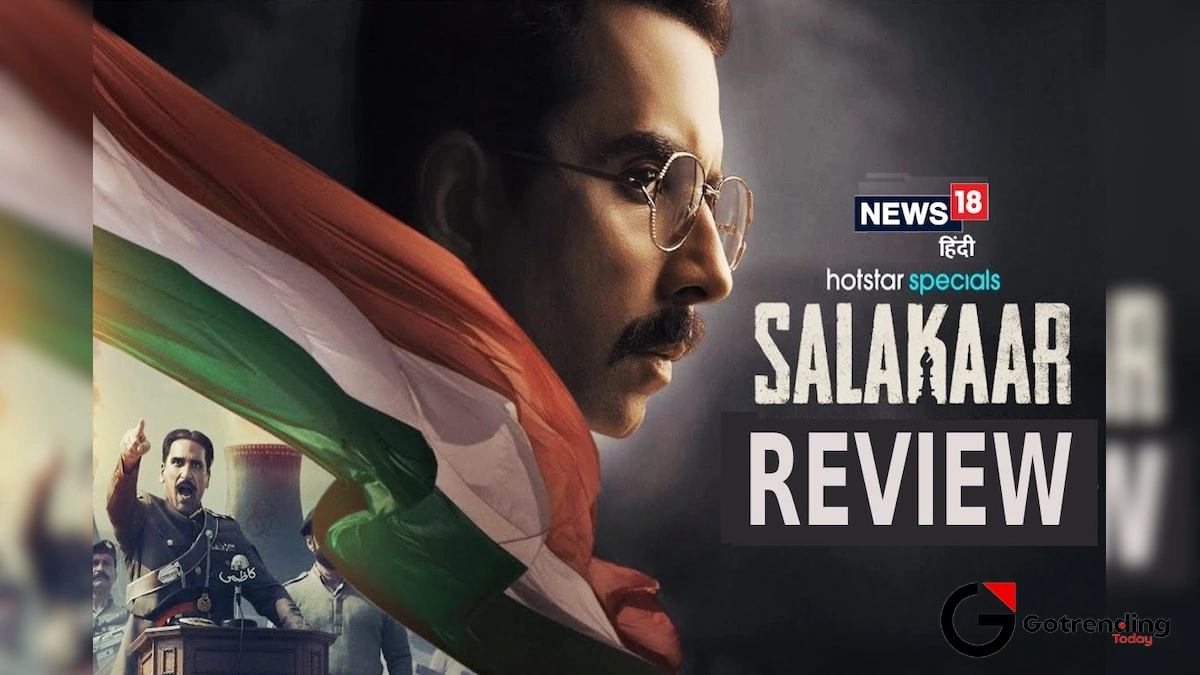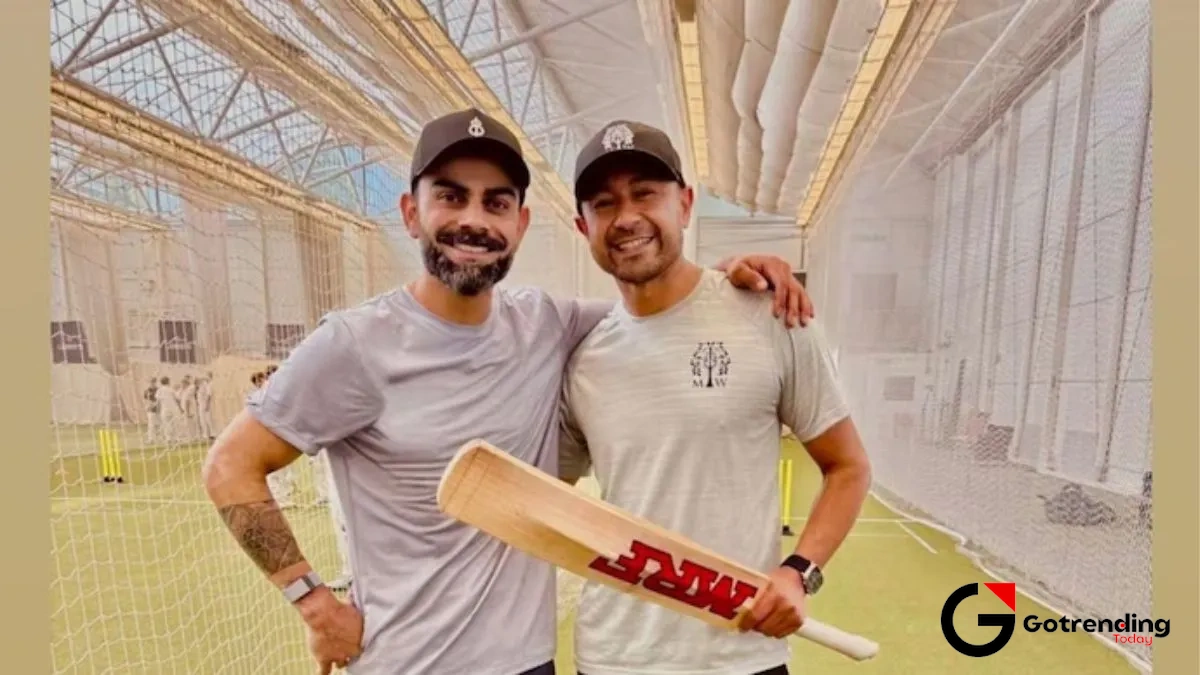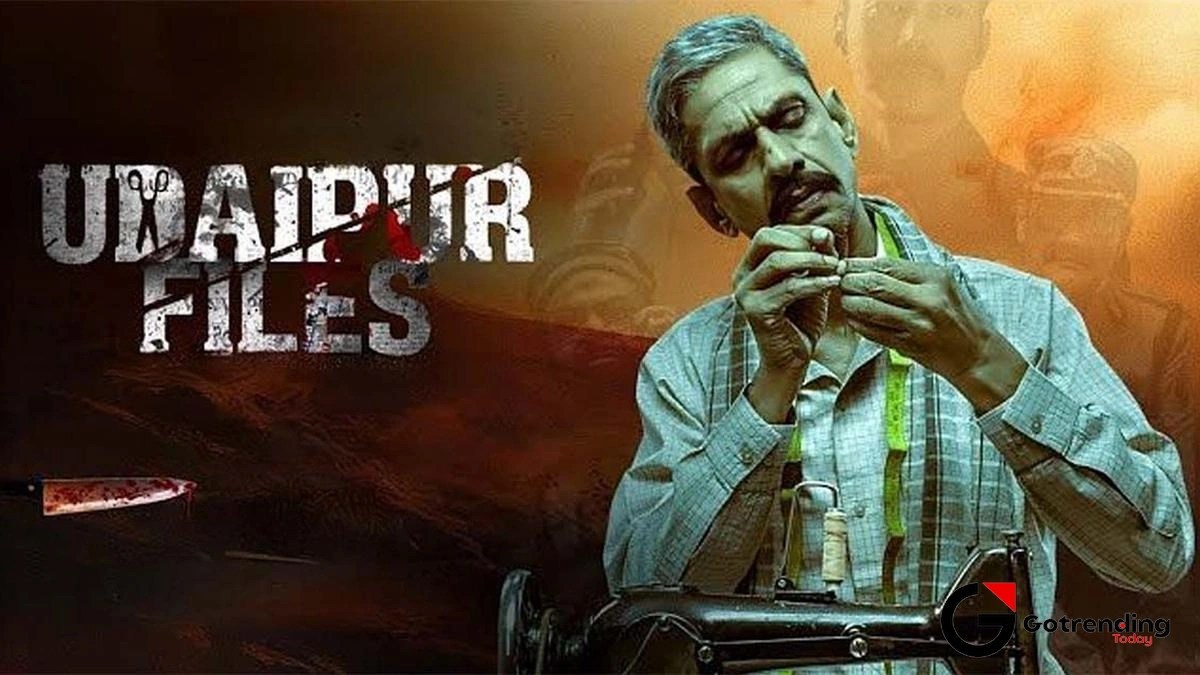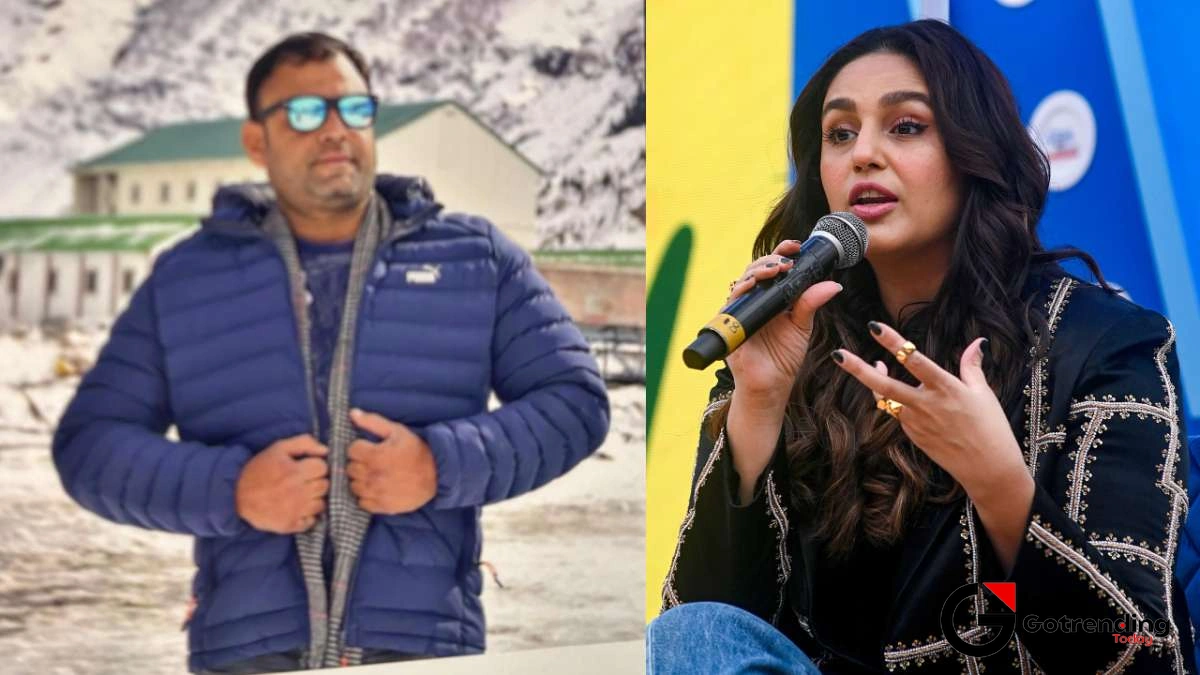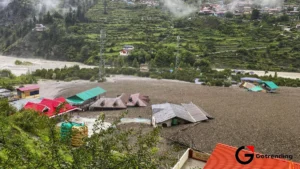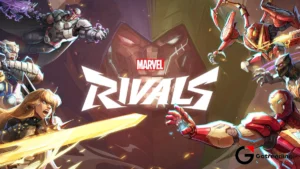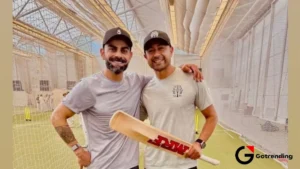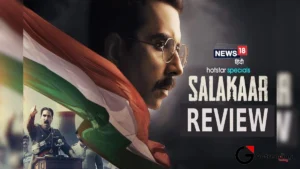Salakaar Review (Salaar) | More Than Just Fights? Why This Prabhas Film is a Cinematic Game-Changer
Let’s get one thing straight right off the bat. You’re probably here searching for a “salakaar review,” and what you almost certainly mean is a review of Salaar: Part 1 – Ceasefire . And that’s totally cool. In a way, “Salakaar,” meaning advisor or counselor, is a fascinatingly accidental lens through which to view this film. Because this movie isn’t just about a hero. It’s about a kingmaker, an advisor, a friend whose promise is more binding than law.
So, grab your coffee (or chai, let’s be real), and let’s talk. I walked into the theatre expecting a typical Prabhas action bonanza. You know the drill: slow-motion entries, earth-shattering punches, a one-man army. And yes, Salaar has all of that. But what I walked out with was something entirely different. A feeling that I hadn’t just watched a movie, but the first chapter of a brutal, sprawling, epic novel.
This isn’t your standard “Is it a hit or a flop?” review. Forget that. The question we should be asking is why this film feels so different. Why does it feel so important? The answer, I believe, lies with its director, Prashanth Neel. He isn’t just making a movie; he’s building a world. And it’s a world painted in shades of grey, smoke, and blood.
The Brutalist Beauty of Khansaar | A World Built on Violence
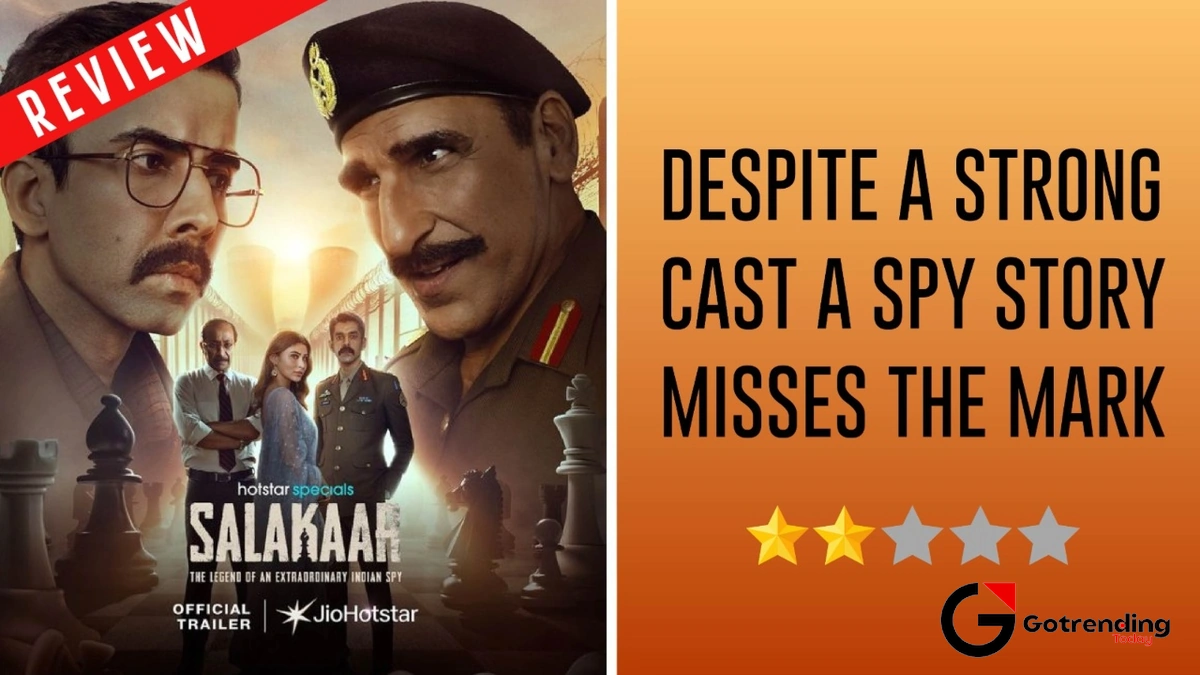
What fascinates me most about Salaar is its setting. Khansaar isn’t just a fictional city; it’s a character in its own right. It’s the film’s grim, beating heart. Neel employs what I can only describe as a brutalist aesthetic all jagged edges, imposing concrete structures, and a complete absence of vibrant color. The entire visual language screams oppression, power, and history written by the sword.
Think about it. There are no lush green fields or sunny skies here. This is a self-governed city-state that feels torn from the pages of a dystopian graphic novel. The political system Neel has conceived is surprisingly intricate. You have clans, tribal lords, a constitution based on violence, and a succession system decided by a vote where seals, not ballots, are cast. It’s Game of Thrones meets the grimy industrialism of Peaky Blinders, but with a distinctly Indian soul.
This is the core of the salaar story explained : it’s not about one man’s fight, but about the fight for the soul of this violent kingdom. This deliberate, meticulous world-building is what elevates Salaar from a simple action film to a piece of political fiction. It’s a bold choice that trusts the audience to keep up, and it pays off magnificently.
Deva and Varadha | A Bromance Forged in Blood and Betrayal
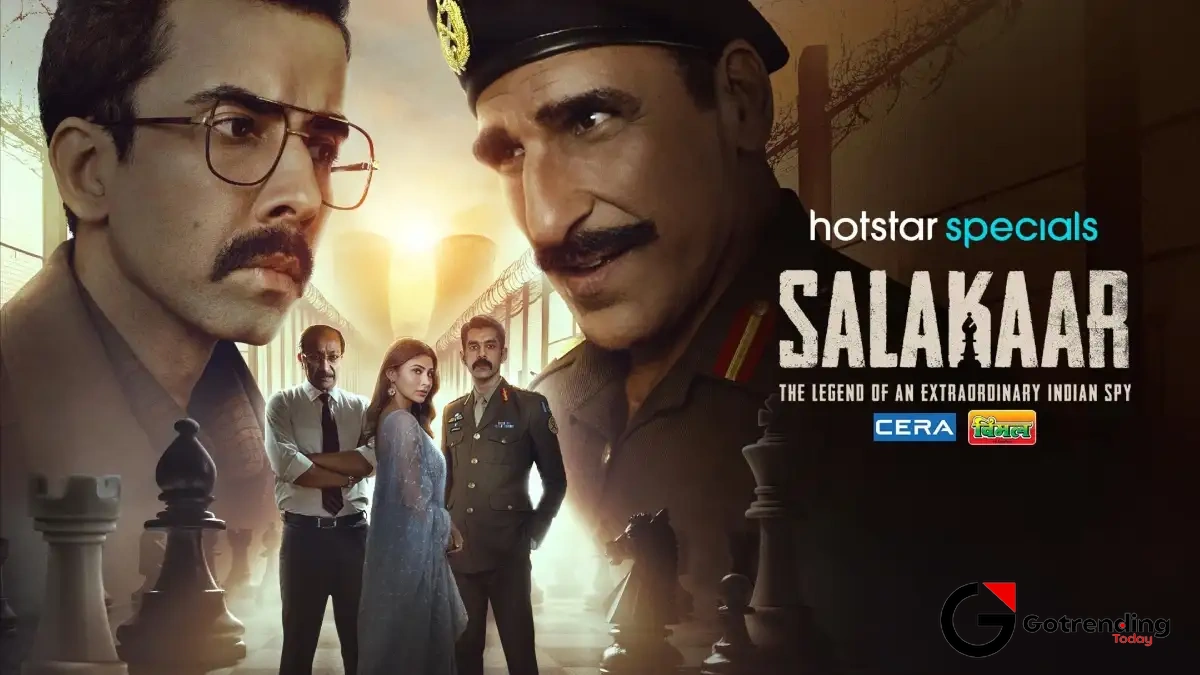
At the center of this brutal world is a surprisingly tender, almost Shakespearean friendship. The bond between Deva (Prabhas) and Varadha (Prithviraj Sukumaran) is the film’s emotional anchor. This isn’t your typical Bollywood “dosti.” It’s a primal, deeply-rooted connection born in childhood, sealed with a promise, and destined for conflict.
Let’s talk about the salaar review prabhas performance. For years, fans have been waiting for the “Rebel Star” to return to a role with this kind of raw intensity. As Deva, Prabhas is a volcano. For most of the first half, he’s dormant a quiet mechanic living in a dusty corner of Assam. But you see the lava bubbling just beneath the surface. He’s all coiled rage and restrained power. When he finally erupts, it’s not just mindless action; it’s the unleashing of a promise. It’s cathartic.
And Prithviraj as Varadharaja Mannar? What a performance. He isn’t a cardboard villain. He is a tragic prince, burdened by his lineage and betrayed by his own family. You feel his desperation and his unwavering belief in his one true friend, Deva. Their relationship is the reason everything in Khansaar happens. The entire political firestorm is ignited by a spark between two childhood friends. It’s brilliant, powerful storytelling.
The Elephant in the Room | Let’s Talk About the KGF Connection
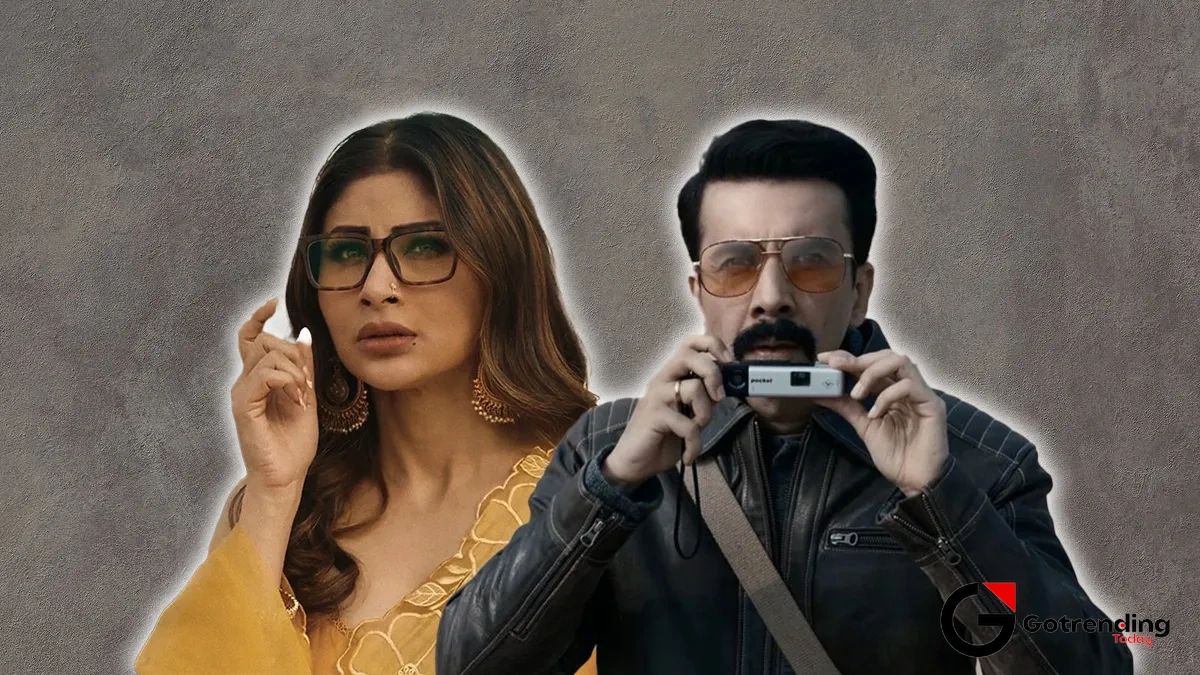
Alright, let’s get to it. The question on everyone’s mind. Is there a salaar kgf connection ? Is this all part of Prashanth Neel’s grand “Neel-Verse”?
The short answer is: All signs point to a resounding YES. But it’s more complex than a simple crossover.
The evidence is compelling. The film’s aesthetic the dark, desaturated color grading, the gritty tone is a signature of Neel’s, first seen in KGF. The timeline also has some interesting overlaps if you look closely. But the biggest hint is Neel’s own admission of creating a “Dark Centric Theme” (DCT) universe. He’s not just connecting stories; he’s connecting worlds that share the same thematic DNA: a cynical view of power, where violence is the ultimate arbiter.
Why does this matter so much? Because if true, this would be India’s first truly organic, director-driven cinematic universe built on a singular, dark vision. It’s not about just throwing heroes together like in a multi-starrer. It’s about building a cohesive world where the events of KGF could have real, tangible consequences in the world of Salaar. While Neel remains coy about explicit links, the breadcrumbs are all there, turning the viewing experience into a treasure hunt for fans. While Salaar dominates the big screen, the world of streaming is also buzzing with new ott releases movies , offering a different kind of entertainment experience.
So, is Salaar Just a Remake of Ugramm?
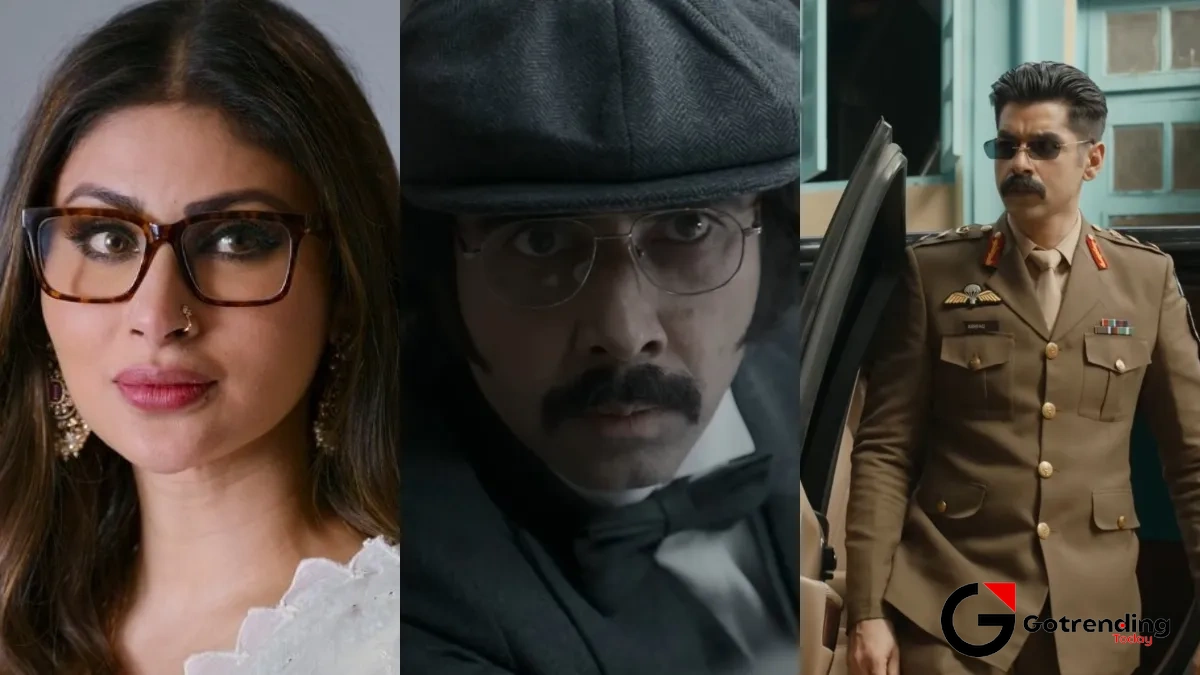
Another big question circulating is, ” is salaar a remake of Ugramm?” Ugramm was Prashanth Neel’s 2014 Kannada debut, and yes, the core plot premise is the same: a powerful man living in hiding is drawn back into a world of violence to protect a friend.
But calling Salaar a remake is like calling a palace an extension of a hut. It’s a massive oversimplification. Neel has taken the foundational idea of Ugramm and scaled it up to an unimaginable degree. The world of Khansaar, its complex politics, the deep lore, and the sheer cinematic scale are entirely new. It’s more accurate to say that Neel has revisited an old theme with a decade’s more experience and a budget to match his ambition. This is a common trait in the journey of great artists, where their influence, like that of stars such as Kiara Advani in her domain, grows with each project.
It’s an evolution, not a repetition. Among all of prashanth neel movies , this feels like the one he was always destined to make.
Ultimately, Salaar is more than a movie; it’s a declaration. It’s a statement of intent from a director at the absolute top of his game. It proves that pan-Indian cinema can be intelligent, dark, complex, and unapologetically brutal. It’s a film that respects its audience enough to not spell everything out, leaving us with burning questions and a desperate hunger for the next chapter.
The ceasefire is over. And with the promise of Salaar Part 2: Shouryaanga Parvam , the real war has only just begun. We’ve just been served the appetizer, and it was one of the most thrilling, bone-crunching meals I’ve had at the cinema in a long, long time.
Frequently Asked Questions About Salaar
What if I haven’t seen KGF? Can I still watch Salaar?
Absolutely. The story of Salaar is entirely self-contained. While there are thematic and potential universe links, you don’t need any prior knowledge of KGF to understand and enjoy the plot, characters, and world of Khansaar.
Is Salaar too violent for family viewing?
Yes, it’s very violent. The film has an ‘A’ certificate for a reason. It features intense, graphic action sequences and a brutal tone throughout. It is not recommended for children or those sensitive to violence.
What does the title ‘Salaar’ actually mean?
In the context of the film, “Salaar” translates to a commander or a leader, the right-hand man to a king. This perfectly describes Deva’s relationship with Varadha and his ultimate role in the story.
When is the sequel, Salaar Part 2, expected to be released?
While there is no official release date yet, the filmmakers are targeting a release sometime in late 2025. The title for the sequel has been revealed as ‘Salaar Part 2: Shouryaanga Parvam’. For the most accurate information, it’s best to follow the official announcements fromHombale Films.
Who is the main villain in the movie?
It’s complicated, which is what makes it interesting. While there are many antagonists, including Varadha’s own family members, the film sets up a dynamic where the lines are blurred. The true conflict is between different factions vying for control of Khansaar, with the central relationship of Deva and Varadha at its core.
Is there a post-credit scene in Salaar?
No, there is no traditional post-credit scene. However, the film’s climax and ending montage act as a direct and powerful teaser for Part 2, setting up the conflicts and characters for the next chapter.
